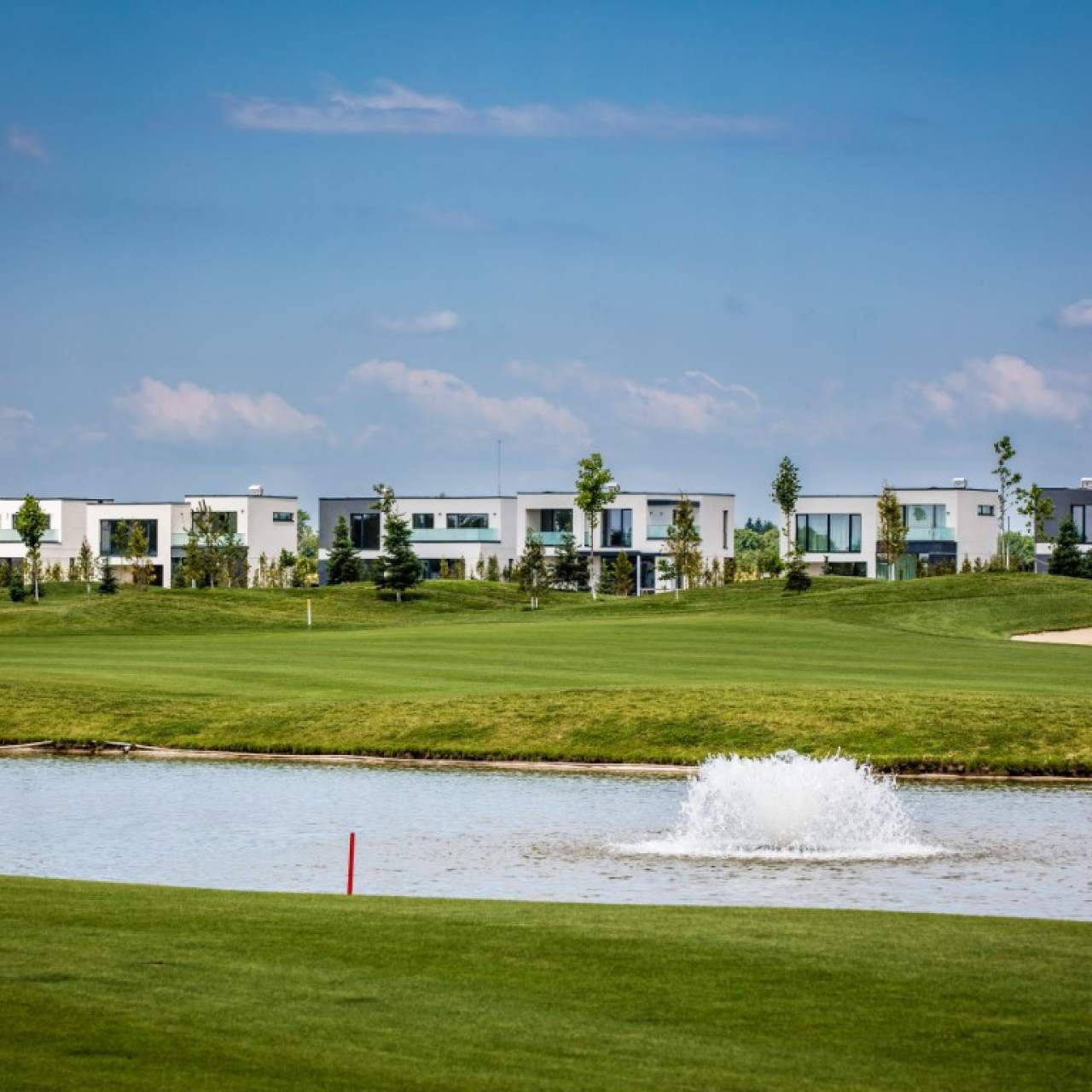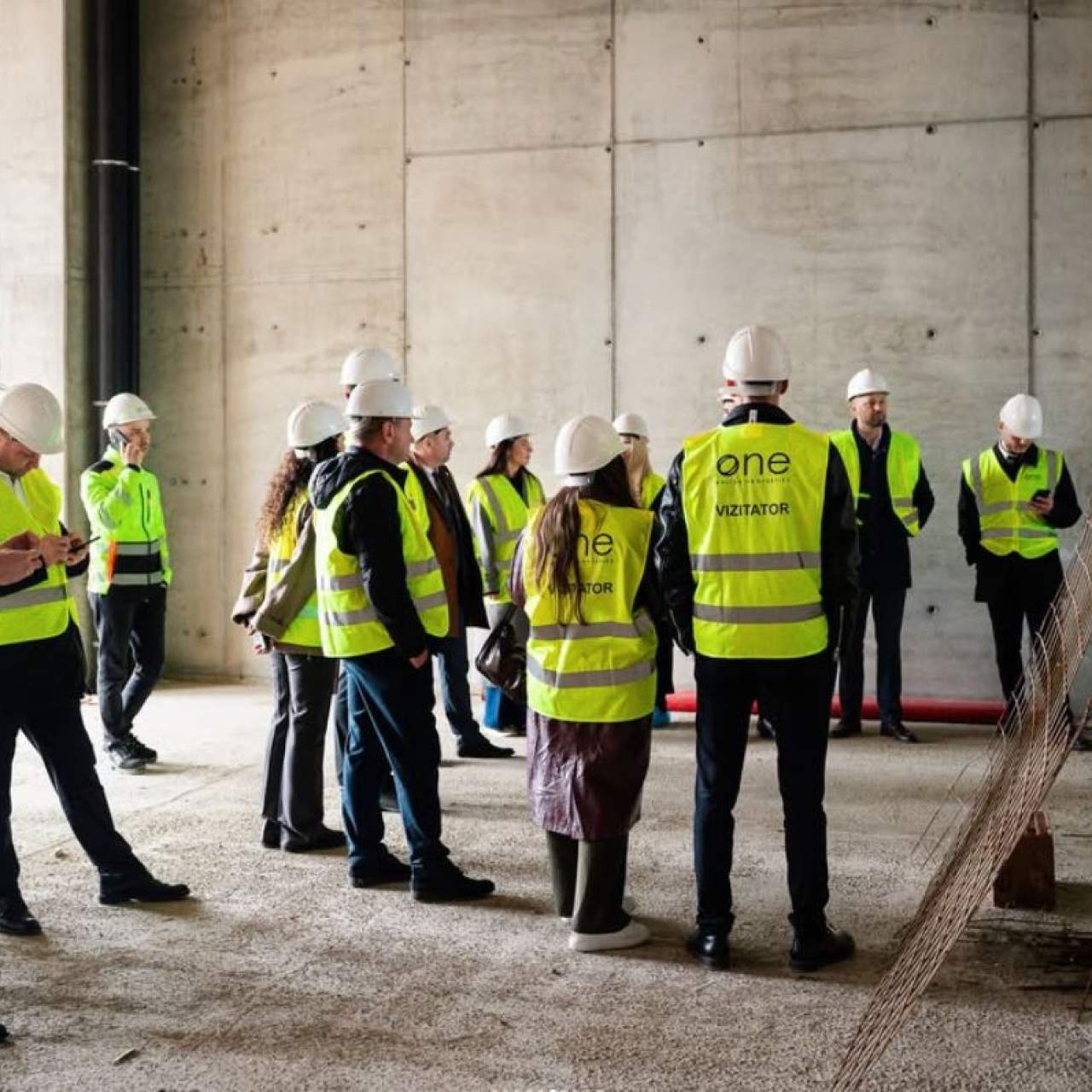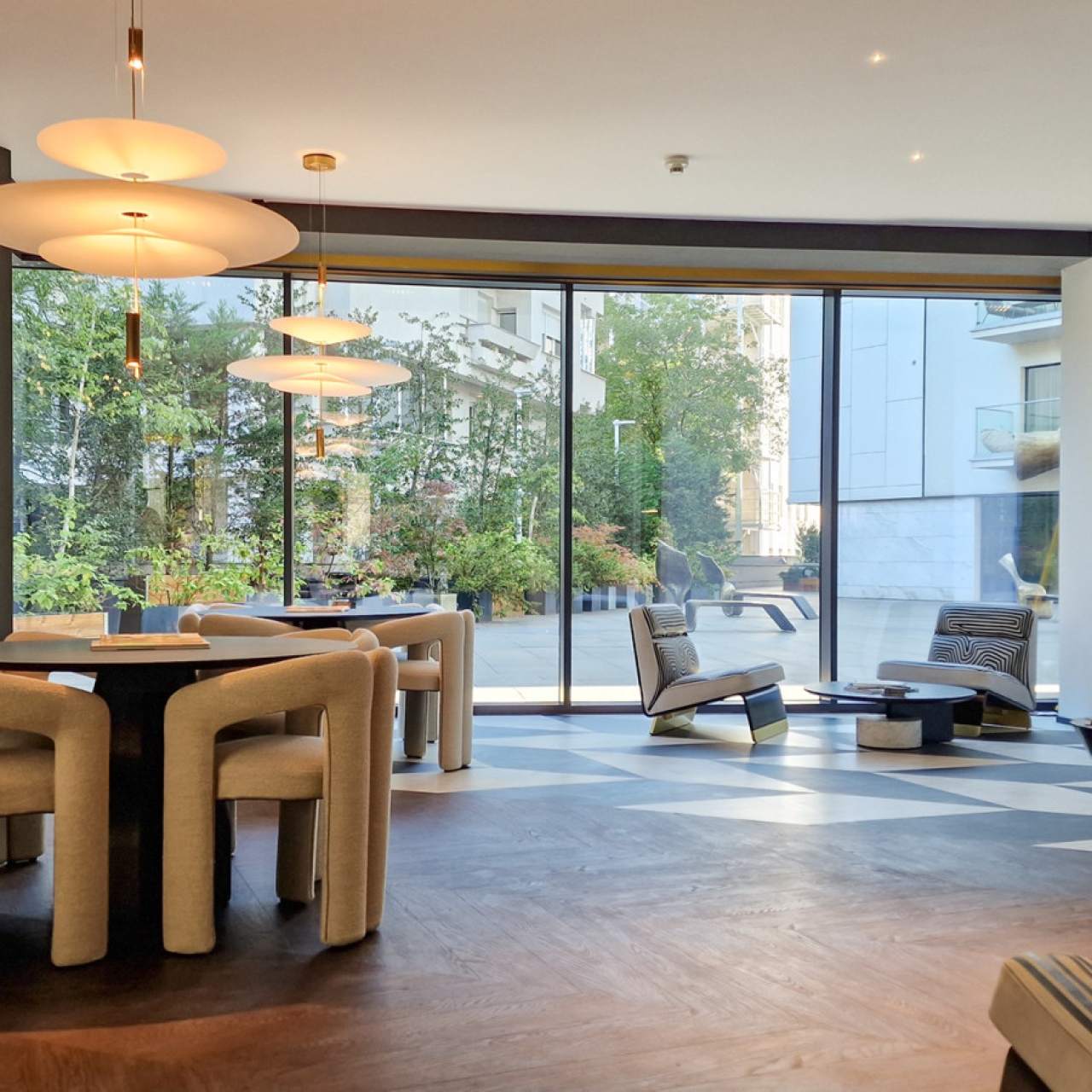
The advantages of using geothermal pumps in real estate projects
Rising oil and electricity prices in recent years, but also the need to find longer-lasting and more sustainable alternatives for ensuring the right climate in homes, office buildings, shopping malls, and other types of construction has led to an increased interest in real estate developers in one of the most efficient alternatives: geothermal pumps.
According to MENAFN (The Middle East North Africa Financial Network) data, the global geothermal heat pump market will reach USD 174 billion by 2025, recording a compound annual growth rate (CAGR) of 8.9% between 2017-2025.
In a nutshell, GSHP (Ground Source Heat Pump) systems, or geothermal pumps, feature an innovative technology that extracts and transports the heat needed to raise the temperature of a building in winter (similar to providing the heating agent). During summer, through an inverted process, similar to that used in refrigerators, heat is transmitted from housing space to the soil, thus obtaining a coolant.
According to TWI Global, geothermal energy is more environmentally friendly compared to other traditional heating sources, such as coal or fossil fuels, and its carbon footprint is lower.
In addition, if we think of other renewable energy sources such as solar or wind energy, the great advantage of geothermal energy is constancy: while the first two depend on weather conditions and may fluctuate, geothermal energy is an inexhaustible resource, soil temperature at depth being constant throughout the year.
One United Properties is among the developers who already use this system at One Peninsula project, the only residential club in Bucharest equipped with an air conditioning system with geothermal heat pumps.
The heating and cooling system implemented within the complex required an EUR 4 million investment and is comprised of 270 geothermal wells with a depth of 120 linear meters and an average power of 50 kW/well. It also features 3 ground-to-water heat pumps, with a power of 440 kW each, that use 75% renewable solar energy, stored in the groundwater and soil, and 25% regular electricity.
What are the advantages of this system?
First of all, it benefits from total autonomy both in winter and during the hot summer months, having a high seasonal efficiency throughout the year, but also a low degree of emissions. Another major advantage is the low annual costs, which translated into bills 50% lower than conventional heating and cooling solutions for the entire life of the home. The life of the heating and cooling system is long, it has high reliability, and the components are easy to maintain. Besides, operations are fully automated to ensure accurate, efficient, and safe use.
Individually, inside exclusive properties, the heating is done by a warm floor type radiant system, which ensures the optimal vertical temperature variation. The comfort temperature for underfloor heating is 2 degrees lower than in classical systems, which ensures greater energy savings, but also a uniform temperature distribution through radiant energy and a thermal balance between the human body and the environment in the room, thus obtaining a comfortable climate. Added to these benefits is a greater easiness in setting the remaining space.
Due to the high coefficient of radiant energy of surface heating systems, the state of thermal comfort is felt even at lower ambient temperatures. They can thus be reduced by 1 to 2°C, which leads to a saving of energy consumption of 3-6% per year.
The low level of convective energy of the systems also prevents the creation of air currents. As such, the dust entrainment in the rooms is minimal, which protects the airways, preventing the appearance or aggravation of allergies.
All heating systems in the building, regardless of how they work, also have a self-regulating effect. It is based on the fact that the heating is performed according to the difference between the radiant surface temperature and the room temperature. The heat dissipation decreases if the room temperature goes up and increases if the room temperature decreases.
Along with the climate control system based on geothermal pumps, One Peninsula will feature several other facilities, including a semi-Olympic pool, Pilates room, brasserie, gym, and golf room, complemented by a beautiful view of Lake Floreasca, as the residential complex is located on its shore. Also, in order for the tenants to benefit from more tranquillity and privacy, the complex will be pedestrian, the cars being directed exclusively to the underground parking lot.
Inspired by the article?
Explore apartments in neighborhoods worth discovering:


